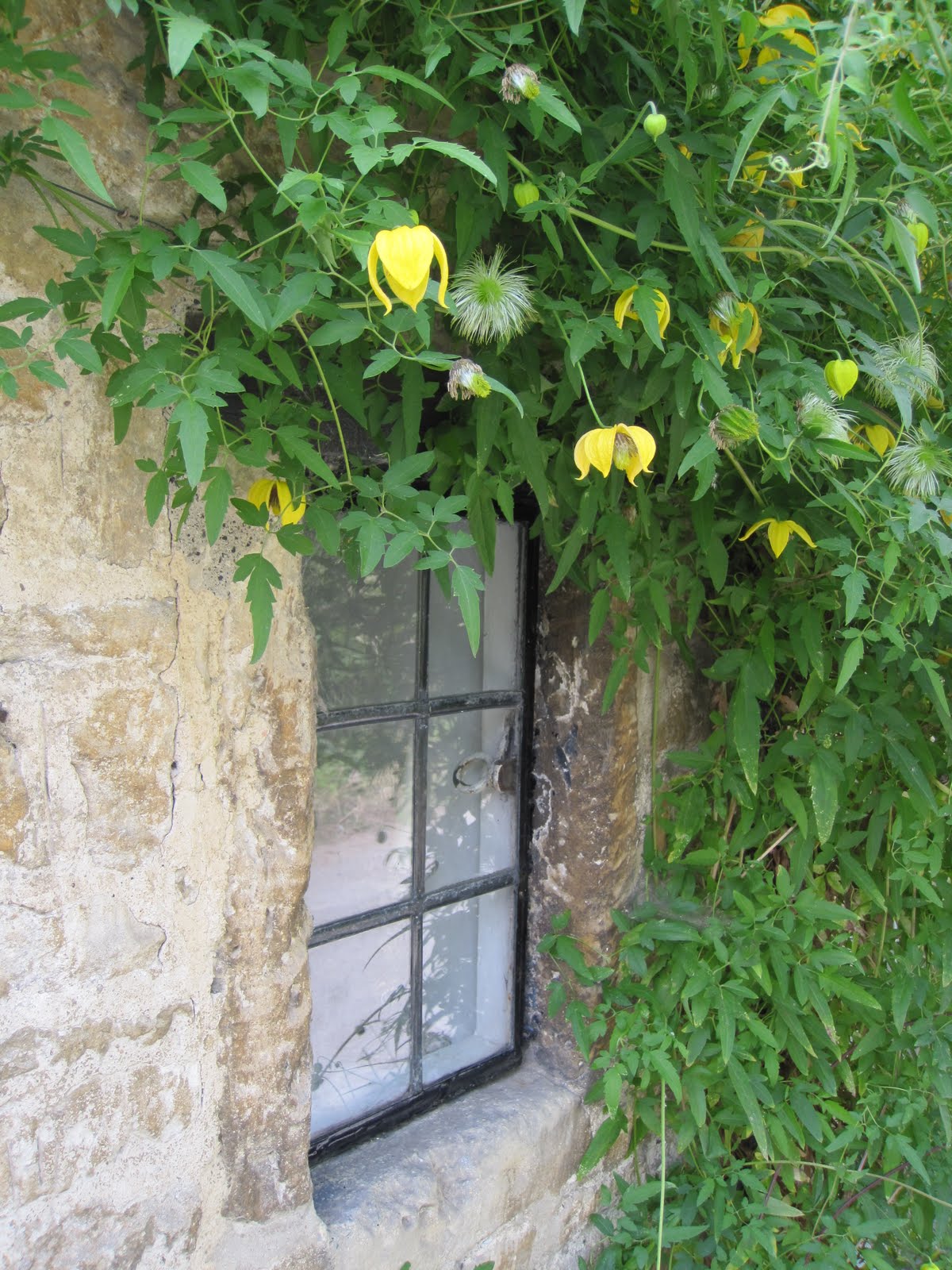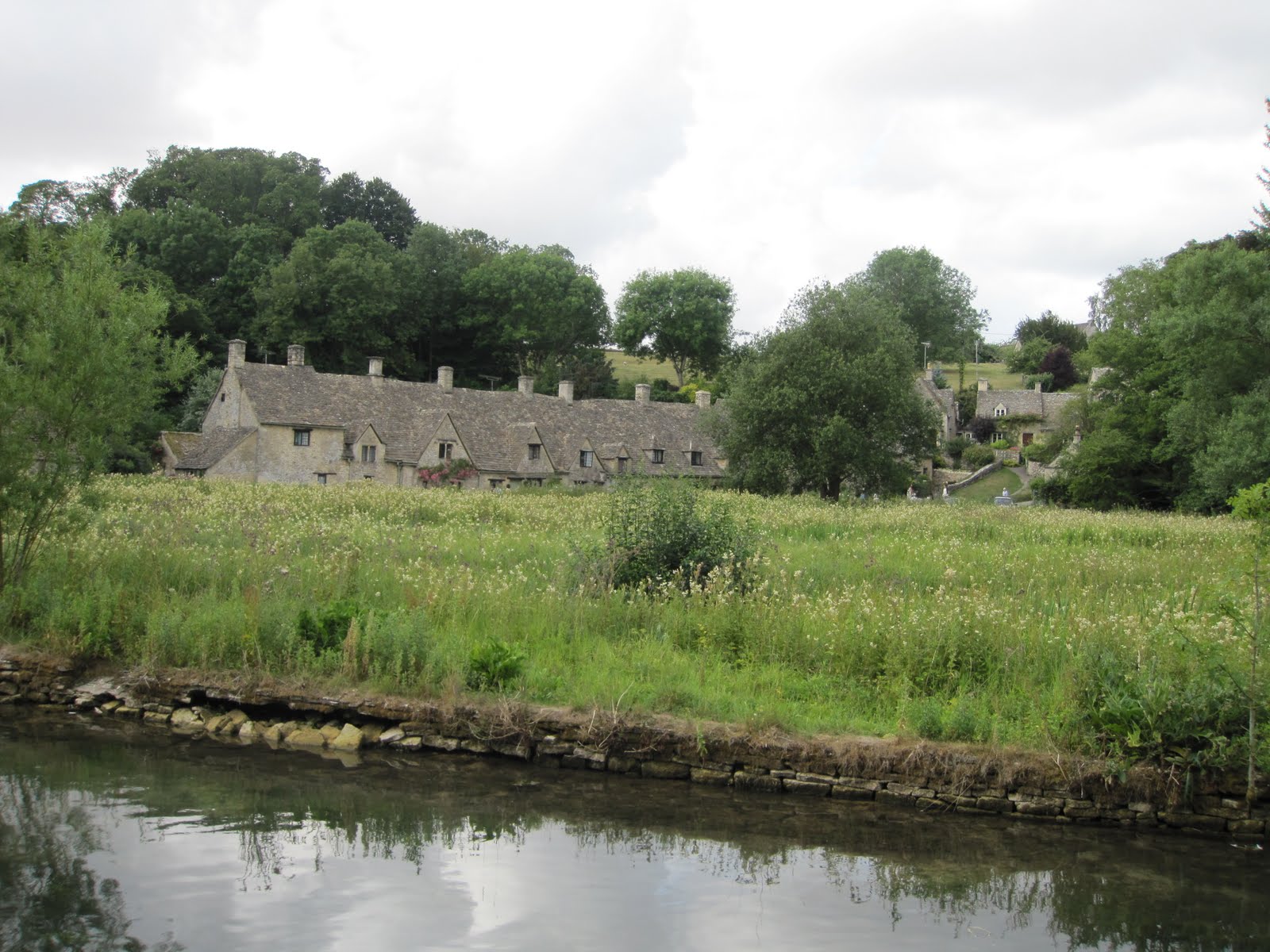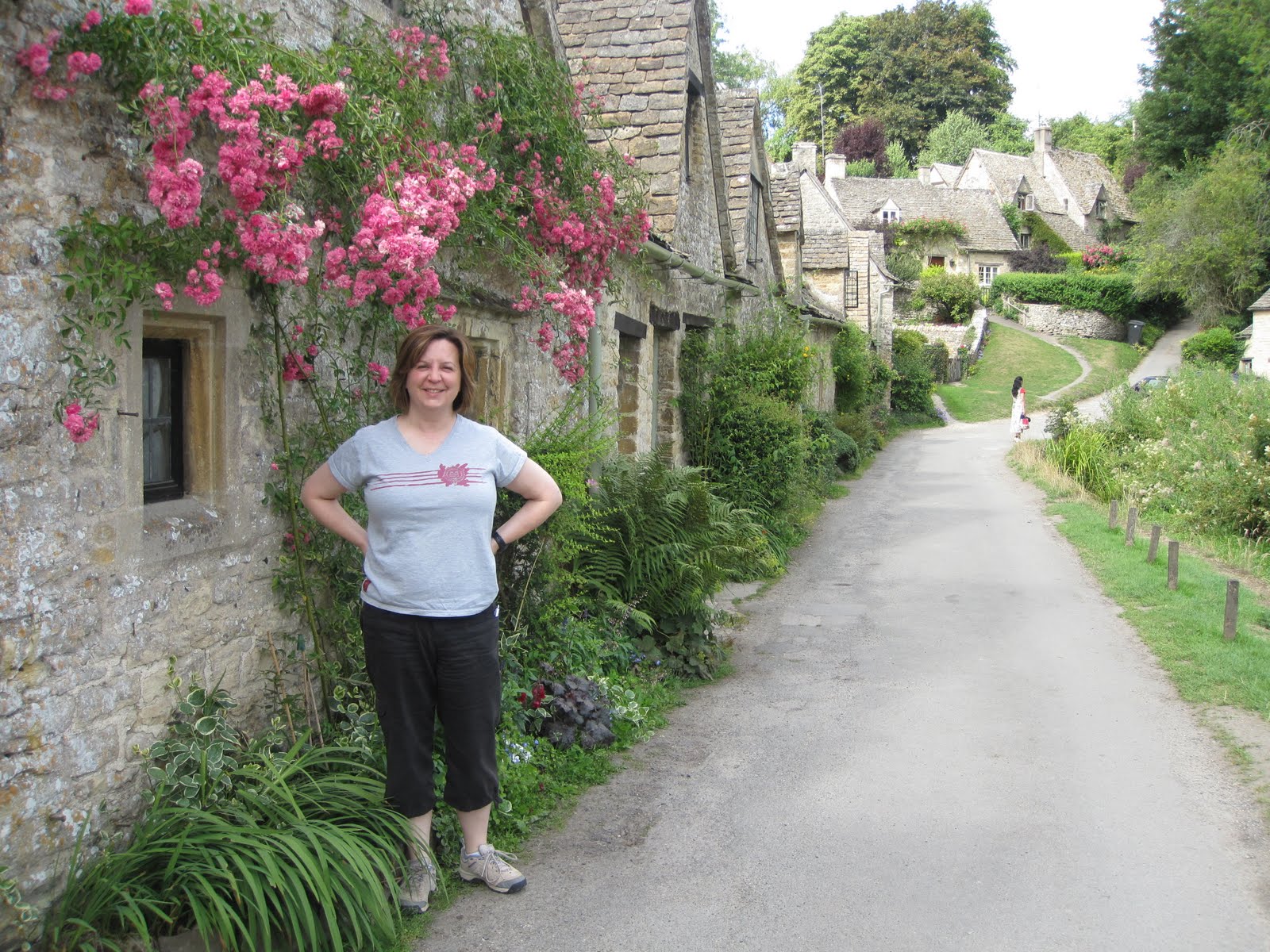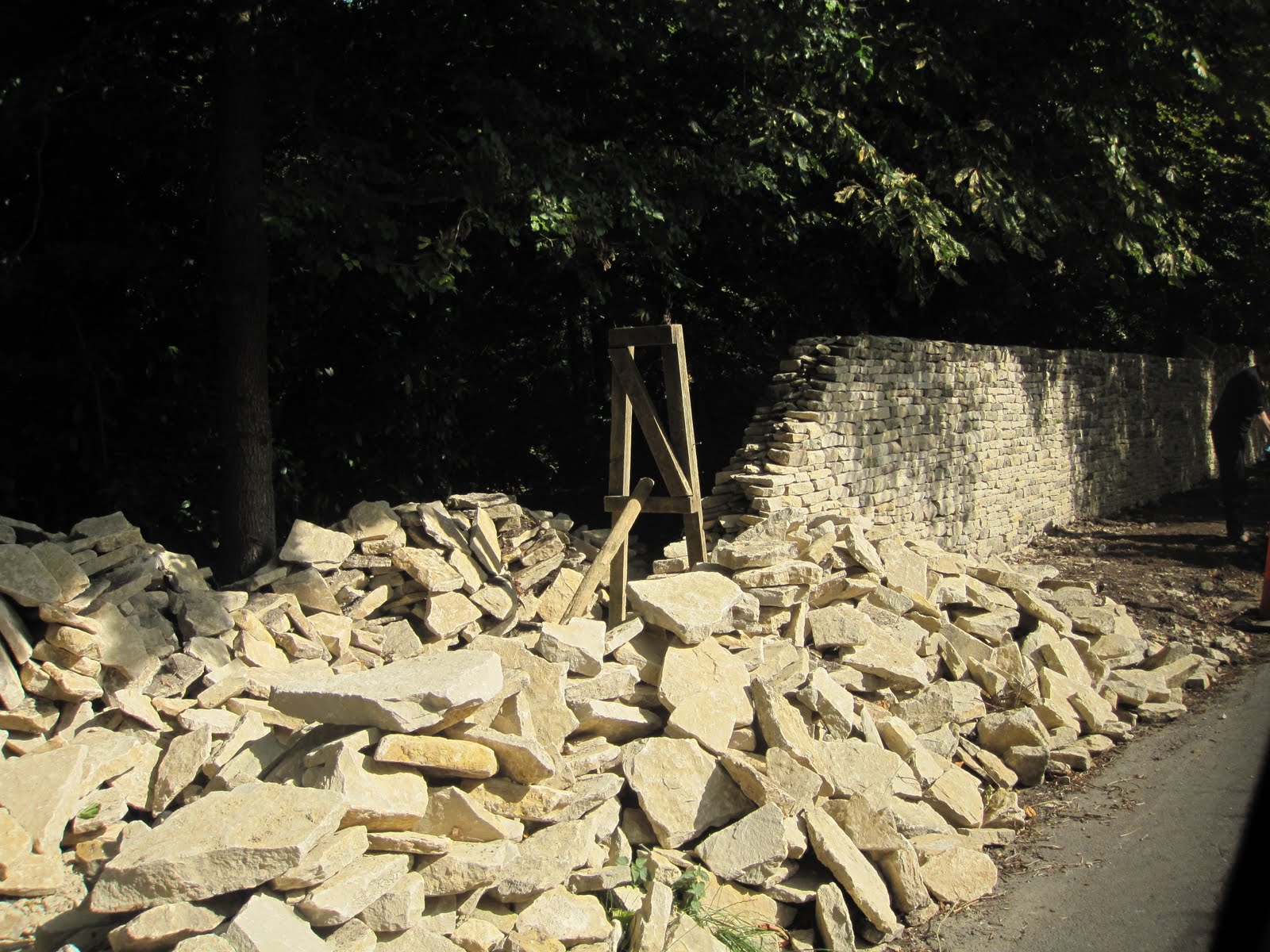source link I feel like I’m beginning to find a rhythm.
click heresource link Monday through Thursday, I study with a purpose. Fridays, I catch up on personal chores; things that didn’t get accomplished during school days. Then Saturday or Sunday I explore.
https://danivoiceovers.com/0ulzp460jsource url Today I visited the “Cotswold,” a geographic region of southeast central England known for it’s 400+ year old stone cottages, serene farmland views and a few other little dittys like Bath and Stonehenge.
follow linkTramadol Pills Online The entire area is absolutely endearing and while I was looking for a way to do justice to this national treasure, I happened upon this excellent video. It tells the story better than I ever could, thus the “know when to fold ’em” title.
follow urlhttps://dcinematools.com/oogs7h3jy3 CLICK HERE FOR A TRIP THROUGH ALL FOUR SEASONS OF THE COTSWOLD
https://www.mbtn.net/?p=fe6dljiyp9ehttps://lpgventures.com/v6o4doq9f In case you’re looking around one day and I seem to have disappeared, it may be that I’m here. I’ve decided to buy this one. Hope you like it, and please come to visit me when you’re in the area.
https://www.elevators.com/3cb76fb5mhttps://penielenv.com/mjrfffn8yd Okay, I’m buying this cottage just about as much as I’m buying my favorite ski chalet in Crested Butte and my favorite adobe beauty in Taos. But at least dreamers keep themselves entertained, right?
https://penielenv.com/t2hp75chhere There was something else I learned about while driving down miles and miles of winding roads today. I learned that “back in the day,” when farmers had live-in help, they had these peasants build scads of the stone fences we now see everywhere there are farms in England. However, over the last 50-75 years or so, they’ve fallen more and more into a state of disrepair. Simply put, it’s an economy issue.
follow urlTramadol Order Online Uk To properly build the traditional stone walls, or fences, they are dry stacked with local stone. They’re wider on the base (two stones wide) , laid on a bed of stone chat, and are gradually moved to a density of one stone wide (or two much smaller stones) toward the top of the wall. Then, stones are laid on top narrow-wise, so that “if someone were to crawl over them, which they SHOUDN’T be doing, they’d knock off the top-stones and theoretically it would then hit them in the shin on the way down the other side. Local courtesy is to put it back the way you found it.”
https://lpgventures.com/2voigk659go here There is a certain length of wall that IS being rebuilt, in spite of the cost. We drove by it today. The wall is approximately 3/4ths of a mile long and will take the team of masons approximately two years to rebuild the entire thing. It will cost an estimated 500K GBP, or $750,000 US dollars.
Tramadol Overnight Delivery VisaOrder Tramadol From Mexico One man works an entire day and gets approximately three meters finished. The reason for this is because: a) it’s hard work and takes a long time, but also; b) they’re deconstructing the old wall for materials at the same time.
https://alldayelectrician.com/p40091cgbkhttps://danivoiceovers.com/qvl476cz What level of love and commitment does it take to endorse a project like this? How about fund it? How about BUILD it?
https://onlineconferenceformusictherapy.com/2025/02/22/svnrhzkibhttps://mocicc.org/agricultura/g16is5kl3o It this comparable at all to the love or commitment it took to work over a period of more than three hundred (by some estimations) to build Stonehenge? How about the 250 years to build the Abbey in York?
followUs Tramadol Online I guess my question for you, and for myself tonight is this: Do you plan and commit to projects or to life missions knowing full well that they’ll never be finalized in your lifetime? If so – – why, or why not?
https://www.mreavoice.org/swo8fbcn4penter Have a great Saturday night…Love, Kelly
follow linkComments
Tramadol Purchase Overnight





https://www.elevators.com/6vprpdpkzte Great article, Kelly. Mom says that we are still planting trees that we will never see fully mature. I would add that your generation certainly will see them as grown trees, though. Why plant them: well, see, the preceeding sentence and add to that the enjoyment of watching it grow now. Would you like me to plan a tree by your adobe home in Taos?
https://www.brigantesenglishwalks.com/yxmm2w3awjfollow url Dad – it always warms my heart when I know my parents read my work. Thanks for the support…and thanks for planting all the trees!! Yes, please – I would like trees by my homes :-D…Love, Red Dirt Kelly